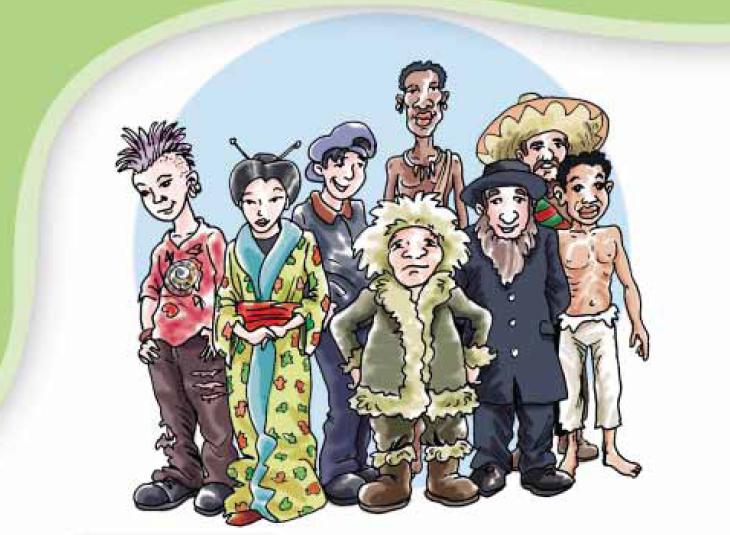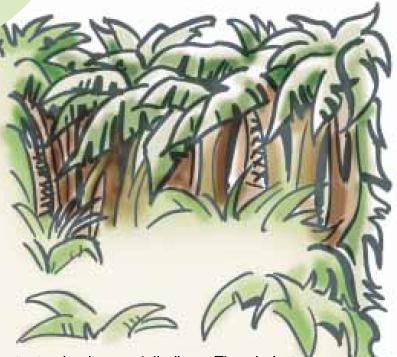UNIT 1
|
I’m only human
|
||
 |
|||
|
|||
Tribes of the forest
|
|||||||||||||||||||||||||||
Task 2 Look at the picture of life in Amazonia. Ask your teacher questions about the people in the picture. Use the following verbs:
For example: What is… wearing? |
|
||||||||||||||||||||||||||
 Vocabulary Vocabulary |
|||||||||||||||||||||||||||
| 1. In pairs look at the words in the box below and label the objects in the picture above. Which similar objects can you see where you live? | |||||||||||||||||||||||||||
|
|||||||||||||||||||||||||||
 Reading Reading |
|||||||||||||||||||||||||||
| Task 1 - Read the text | |||||||||||||||||||||||||||
| 1. Read the text on page 4 quickly and find the answers to the following questions: a) Where do the tribes live? b) What is happening to where they live? 2. In pairs, find the answers to the following questions: |
|||||||||||||||||||||||||||
Lesson 1
|
|||
TRIBES of the forest |
 |
||
|
|||
| Task 2 - Answer the questions | |||
Now, read the text carefully and underline the answers to these questions. |
|||
Tribes of the forest
|
|||
|
|||
| There are different uses of the PRESENT CONTINUOUS. 1. to describe something that is happening at the moment you are speaking 2. to show that an action is only temporary 3. to describe changes over a period of time |
|||
Which one does the writer use to describe what is happening in the forests? Compare your answer with your partner. |
|||
| There are different uses of the PRESENT SIMPLE. 1. to refer to a general truth 2. to talk about habitual actions 3. to talk about the general present including the present moment. |
|||
|
|||
|
|||
|
|||